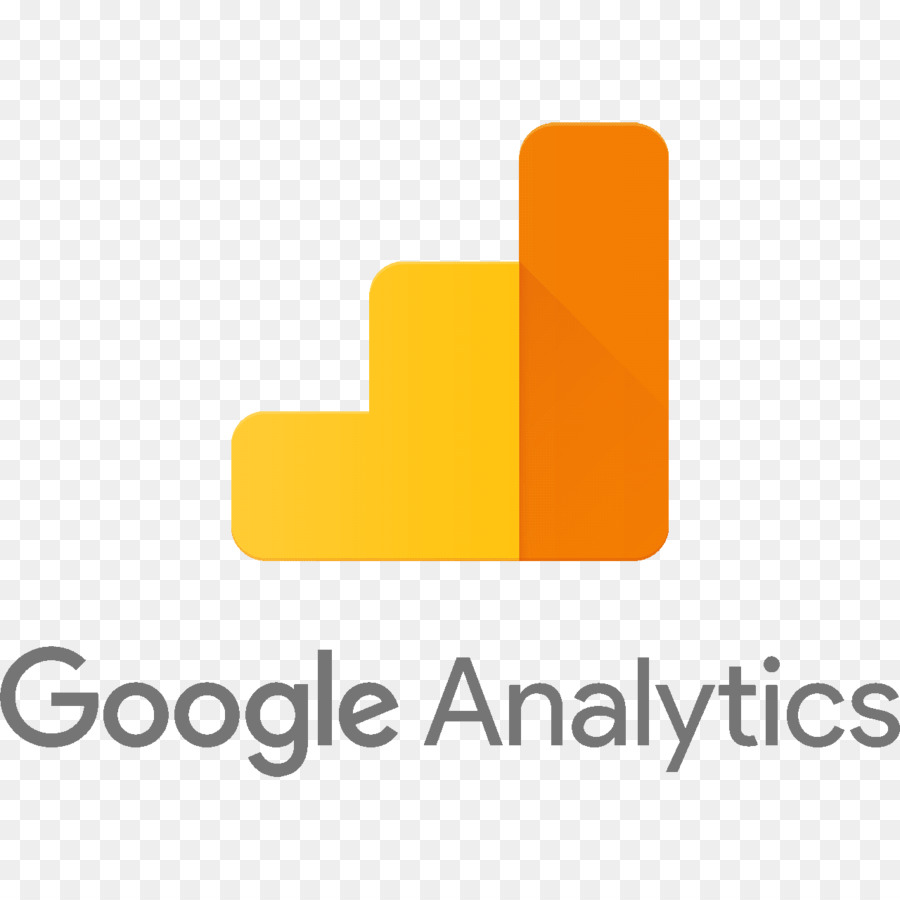Google Analytics Integration & Installation
Original price was: £59.99.£39.99Current price is: £39.99.
Description
What is Google Analytics?
Google Analytics is a web analytics service that provides statistics and basic analytical tools for search engine optimization (SEO) and marketing purposes. The service is part of the Google Marketing Platform and is available for anyone with a Google account.
About Analytics
What is Google Analytics?
Google Analytics is a web analytics service that provides statistics and basic analytical tools for search engine optimization (SEO) and marketing purposes. The service is part of the Google Marketing Platform and is available for free to anyone with a Google account.
Google Analytics is used to track website performance and collect visitor insights. It can help organizations determine top sources of user traffic, gauge the success of their marketing activities and campaigns, track goal completions (such as purchases, adding products to carts), discover patterns and trends in user engagement and obtain other visitor information such as demographics. Small and medium-sized retail websites often use Google Analytics to obtain and analyze various customer behaviour analytics, which can be used to improve marketing campaigns, drive website traffic and better retain visitors.
How Does it Work
How does Google Analytics work?
Google Analytics acquires user data from each website visitor through the use of page tags. A Javascript page tag is inserted into the code of each page. This tag runs in the web browser of each visitor, collecting data and sending it to one of Google’s data collection servers. Google Analytics can then generate customizable reports to track and visualise data such as the number of users, bounce rates, average session durations, sessions by channel, page views, goal completions and more.
Features
Google Analytics includes features that can help users identify trends and patterns in how visitors engage with their websites. Features enable data collection, analysis, monitoring, visualization, reporting and integration with other applications. These features include:
- data visualization and monitoring tools, including dashboards, scorecards and motion charts that display changes in data over time;
- data filtering, manipulation and funnel analysis;
- data collection application program interfaces (API’s);
- predictive analysis intelligence and anomaly detection;
- segmentation for analysis of subsets, such as conversions;
- custom reports for advertising, acquisition, audience behavior and conversion;
- email-based sharing and communication; and
- integration with other products, including Google Ads, Google Data Studio, Salesforce Marketing Cloud, Google AdSense, Google Optimize 360, Google Search Ads 360, Google Display & Video 360, Google Ad Manager and Google Search Console.
Within the Google Analytics dashboard, users can save profiles for multiple websites and either see details for default categories or select custom metrics to display for each site. Available categories for tracking include content overview, keywords, referring sites, visitors overview, map overlay and traffic sources overview.
The dashboard can be viewed on the Google Analytics site and is available through a widget or a plugin for embedding into other sites. Customized Google Analytics dashboards are also available from independent vendors.
Metrics and Dimensions
Important metrics
A metric is a standard of quantitative measurement. Google Analytics enables users to track up to 200 different metrics to measure how their websites are performing. While some metrics may be more valuable to certain businesses than others, these are some of the most popular metrics:
- Users. A user is a unique or new visitor to the website.
- Bounce rate. The percentage of visitors who viewed only a single page. These visitors only triggered a single request to the Google Analytics server.
- Sessions. The group of visitor interactions that happen in a 30-minute window of activity.
- Average session duration. How long on average each visitor stays on the site.
- Percentage of new sessions. The percentage of website visits that are first-time visits.
- Pages per session. The average number of page views per each session.
- Goal completions. The number of times visitors complete a specified, desirable action. This is also known as a conversion.
- Page views. Total number of pages viewed.
Metrics vs. dimensions
Google Analytics reports consist of dimensions and metrics. Understanding the difference between them is critical for proper interpretation of reports.
Dimensions. These are qualitative attributes or labels used to describe and organize data. For example, if the average session length is being measured across several different regions, the dimensions would be “Region.” “Average session length,” which is a quantitative measurement, is an example of a metric.
Dimensions can be customized in Google Analytics. Examples of common dimensions include:
- language;
- browser type;
- city and country;
- models of devices; and
- user age group.
Metrics. These are quantitative measurements of a single type of data. Examples of metrics include average session lengths, page views, pages per session and average time on site. Metrics are used to compare measurements across different dimensions.
GA4
Google Analytics 4
Google Analytics 4, or GA4 is the most recent iteration of this service and was released in October 2020. GA4 is somewhat of an overhaul of previous versions of Google Analytics. It offers a completely new user interface and shifts from reliance on third-party cookies toward the use of machine learning for better data accuracy.
Features that are new in Google Analytics 4 include:
- machine learning and artificial intelligence (AI) tools;
- deeper integration with Google Ads;
- customer-centric reporting designed around lifecycle data;
- additional codeless tracking features that can provide data with less latency; and
- enhanced data control features for regulatory compliance and data management.





